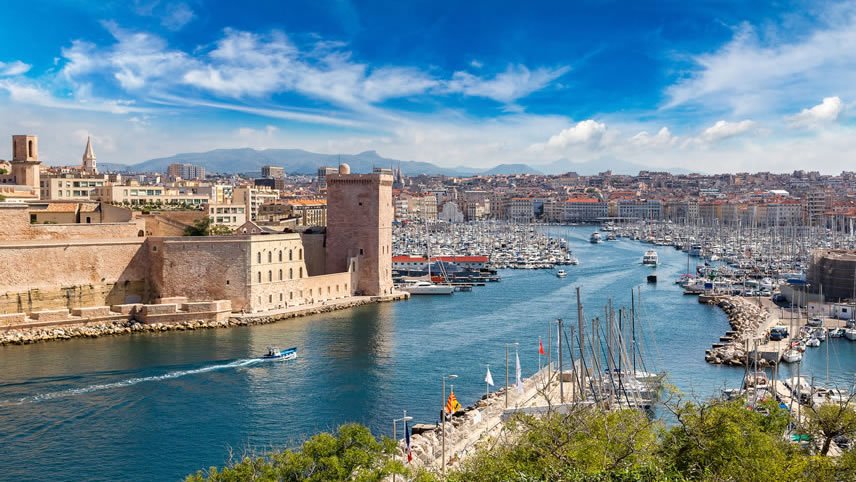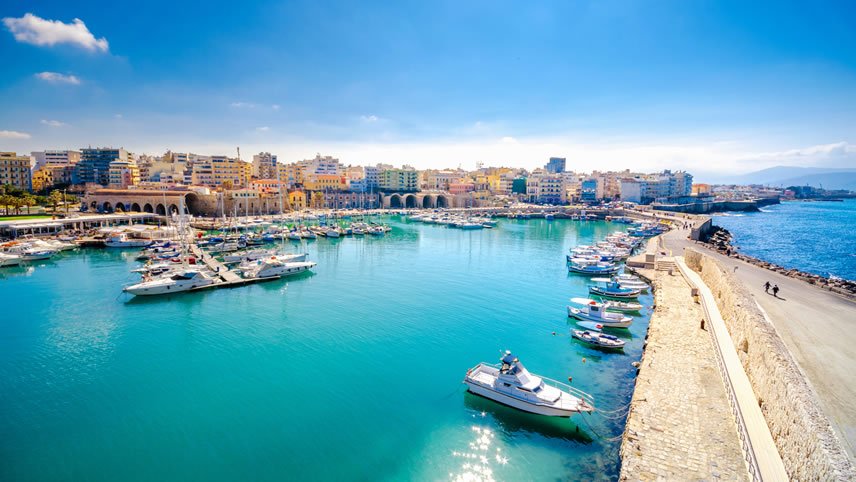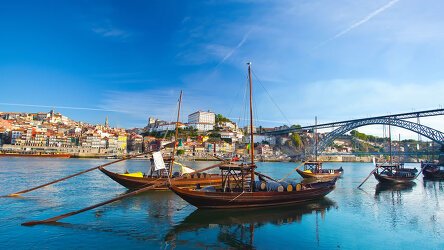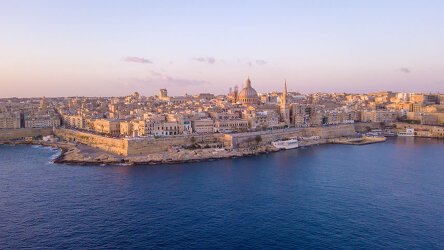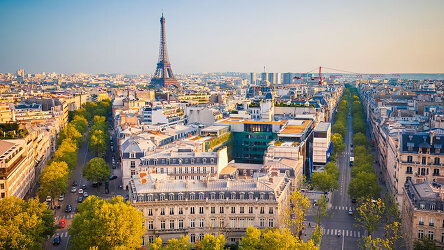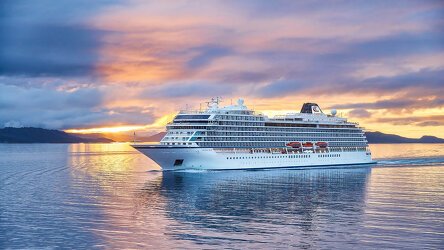Overview
Itinerary
Embark your ship and settle into your stateroom. The vibrant city of Barcelona, with its lively culture and inviting outdoor spaces, preserves a rich history. Picturesque medieval lanes wind through the oldest part of the city, the Gothic Quarter, where remnants of the city's Roman wall were uncovered. Its treasures include the neo-Gothic Barcelona Cathedral, the medieval Jewish district of El Call and the Romanesque Church of Santa Maria del Pi.
In the evenings, diners relax in the Royal Plaza at restaurants along the elegant square's perimeter.
Barcelona is steeped in history, with stunning architecture and a rich culture. Mediterranean breezes grace the shore and Catalonia's capital is a feast for the senses. Long strolls on wide boulevards—such as Las Ramblas, the mile-long leafy pedestrian way, and the Passeig de Gràcia, lined with some of Europe's most elegant buildings—set the tone for a city that moves to its own tempo. Native son and famed architect Antoni Gaudí adorned his city with whimsy, whether along fantastical city blocks or with his colossal masterpiece, the towering La Sagrada Família cathedral.
Marseille is rich in historic treasures, nestled between the Mediterranean and rocky hills of limestone. Two 17th-century fortresses dominate the charming Vieux Port, or Old Port, the natural harbor that hosts all manner of watercraft, from sleek elegant yachts to old style fishing vessels. Its picturesque quay is one of the world's most romantic walks, lined with dozens of cafés and shops. Also worth exploring is the city center, graced by La Canebière boulevard. Linger in a café and sample the city's signature bouillabaisse made from freshly caught fish.
Villefranche-sur-Mer is a gateway to the chic city of Monte Carlo, Monaco. This petite kingdom boasts some of the world's most exclusive shopping and a beautiful old port. The city exudes a fairy-tale aura, perhaps nowhere more elegantly than at the Prince's Palace, where the late American actress-turned-princess Grace Kelly presided with Prince Rainier III. Monte Carlo's medieval quarter perches on “The Rock,” an escarpment at the foot of the Maritime Alps, and offers spectacular views of the Mediterranean and the harbor lined with mega-yachts.
Tuscany is known equally as the cradle of the Renaissance and a center of culinary delights and astounding wines. Throughout this emerald-green countryside dotted with cypress trees, endless delights unfold. Among them is Florence, a living museum of the Renaissance. Brunelleschi's famous Duomo dominates the medieval cityscape—an architectural achievement. Another Tuscan treasure, the Square of Miracles, unfolds in Pisa. Here, a trinity of masterpieces—the Leaning Tower, Pisa Cathedral and Baptistery—comprise some of Europe's finest art and architecture.
For centuries, Rome ruled much of Europe, building a vast empire from the power of emperors. More than 2,500 years of history live in the city's streets. Ancient structures recall those heady days when the cheers of 80,000 spectators roared from the Colosseum, citizens mingled in the Forum and senators asked the gods for guidance at the Pantheon. Along with the Vatican and St. Peter's Basilica, this rich pocket of Italy is one of the world's greatest repositories of history and civilization.
Naples boasts a long history in a stunning seaside setting and is known mostly for its pizza. The city has long been a major center of Italian culture and was the seat of a powerful independent kingdom for 500 years. So great was its sway that it lured the region's finest architects and artists. In the grand Piazza del Plebiscito, the grand and sweeping public square, the San Francesco di Paola Church flaunts a colonnaded facade reminiscent of the Pantheon in Rome, and the Royal Palace overlooks Neapolitans with statues of all the kings of Naples peering out from alcoves.
Sicily has been shaped by countless civilizations, from Greek to Byzantine to Roman. When it fell under Spain's purview in the 17th century, it was celebrated as one of Europe's ten great cities. Surrounded by undulating mountains, orange and olive groves and vineyards are plentiful. During World War II, Messina was the destination of the unofficial “Race to Messina” between US General Patton and British Field Marshall Montgomery. In the end, Patton arrived just hours before his British comrade, receiving credit for securing Sicily.
Sail the gateway to the Adriatic, marked by the sole of Italy's boot and the western coasts of Albania and Greece. As you sail today, savor a range of international cuisine on board. Choose from a variety of international flavors at the World Café, enjoy al fresco dining on the Aquavit Terrace, or regional specialties in The Restaurant.
Crete was home to the Minoans, Europe's earliest recorded civilization. Its capital, Heraklion, grew from the riches of the Venetian Empire, which ruled here for four centuries. Crete enjoyed a Renaissance building boom that helped bolster Heraklion as the region's most strongly fortified city. The island is blessed with generous beaches, soaring mountains and coursing rivers. It is also where the distinct mantinades—couplets of love accompanied by Cretan instruments—could break out at any number of cafés where patrons sip tsikoudia, a grape-based brandy distilled in the hills.
After breakfast, disembark your ship and journey home.
Life Onboard Viking Sea
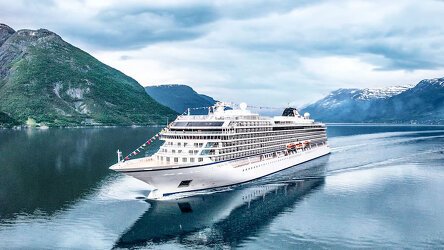
Launched in 2016, the Viking Sea is an all-veranda ship, part of a fleet of award winning, state of the art ships incorporating all the comforts & luxuries you would expect from Viking. Read more
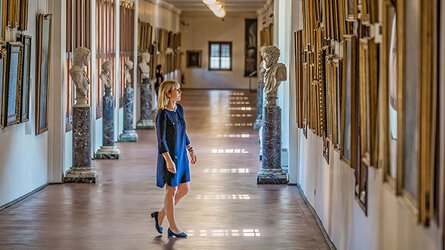
Viking are destination experts. With no casinos or children on board, you can be assured that the focus is firmly on enrichment and education. Read more
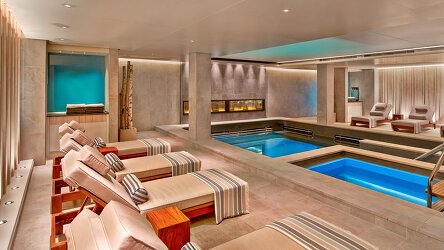
After a day of exploration or just to enhance the relaxation of a day at sea, the on-board Spa will leave you feeling recharged and revitalized. Read more

Viking offer eight on board dining options. Beer, wine and soft drinks are available with lunch and dinner at no additional charge of fee. Read more

Viking proudly includes all that you need and nothing you do not. A variety of features and services valued at $200 per person per day are standard inclusions in your cruise. Read more
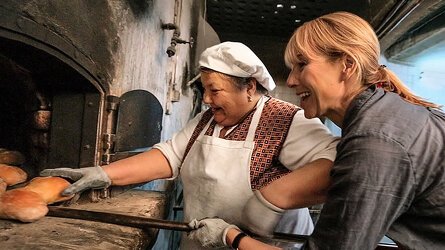
Viking include one complimentary shore excursion in every port of call. Enjoy exclusive entry to cultural treasures and seldom-seen collections around the world. Read more

Viking Sea Reviews (5) Most Recent 'Viking Sea' Reviews
The great thing is that there are self serve laundry facilities which meant we could leave the ship with clean clothes for the next part of our 10 week journey through Europe. The service onboard was wonderful and the staff couldn’t do enough for us and always with a smile. In fact, the day of disembarkation, our transfer wasn’t until 1pm so we were invited to stay onboard in the public areas and even given lunch whilst the next group of passengers were embarking. The only negative, although no one’s fault, was the weather. It was so hot!! Europe was having a heatwave this year. So in future we would probably not leave home as early as we did (end of August). Maybe 3 weeks later would have been ideal. Many thanks to Georgie for organising our cruises (we also did Viking’s France’s Finest river cruise). She was always available for any queries we had and always prompt with the replies. 😃
Dining ...read more options were varied and all very good. Most notably, the tasting menus at The Chef’s Table, which we booked three times, were absolutely exquisite. All the included extras (shore excursions, drinks and wifi) as well as the “no casino, no kids” policy made a positive difference.
The “Viking Sea” is only 2 years old and is decorated in sleek and simple Scandinavian style, featuring beautiful Scandinavian artworks. The ship is spotlessly clean, and one of the highlights was the exceptional quality of all the onboard staff, who were friendly, helpful, engaging, and always happy to have a chat. Viking must have an impressive staff training program.
Our itinerary for the 11 day cruise was a busy one and the included shore excursions were all excellent and very well organised. We visited 9 different islands, with different history, scenery and cultures, shown to us by excellent local guides, and all were both beautiful and fascinating.
The days when we did additional optional excursions were very busy, but we especially loved the French Cooking Class with a local chef in Saint Martin. We were sad to see the lingering devastation of cyclones going back a number of years on all the islands. I would recommend this cruise to others and I am sure that we will travel with Viking again in future.
Brochure
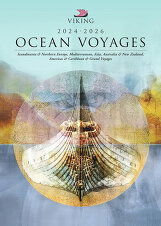
Viking Ocean Cruises (2025-26)
Availability Click on prices below to view cabin upgrades and details
Tour & cruises prices are per person. Prices shown have savings applied, are subject to availability and may be withdrawn at any time without notice. Pricing and trip details are correct at this point in time, however are subject to confirmation at the time of booking and are subject to change by Viking. For cruise itineraries, cabin images are sourced from Viking. These should be treated as indicative only. Cabin inclusions, upholsteries and room layout may differ to the image(s) shown depending on the ship selected and your sailing dates.
